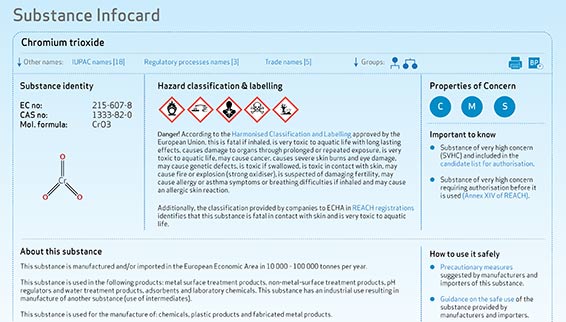Are artificial football pitches safe?
For many years, all-weather pitches have been used for a variety of sports including football, rugby, lacrosse and gaelic sports. These artificial playing surfaces often use rubber granules to make them weather-proof and to add shock absorption and traction. But are the rubber granules safe?

Most of the granules are made from scrap rubber tyres that are broken up into small pellets. We know that tyres contain some dangerous chemicals, so does using the granules make pitches dangerous to play on?
The granules also contribute to microplastic pollution as they can be spread to the environment from the pitches, for example, through rainwater or players’ footwear and clothing.
A very low level of concern
ECHA first looked into this matter in 2017. The findings showed that the health concerns from playing on artificial surfaces are very low, because the concentrations of the chemicals of concern (including polycyclic aromatic hydrocarbons, metals and plasticisers) measured in the granules have generally been very low. However, there are always things you can do to reduce the risk even further:
- wash your hands after playing and before eating;
- clean any cuts or scrapes;
- take off your sports footwear and kit before going home; and
- of course - do not swallow the granules!
Restricting cancer-causing chemicals
In July 2018, the Dutch National Institute for Public Health and the Environment (RIVM) proposed to lower the concentration limits for eight polycyclic aromatic hydrocarbons found in rubber granules and mulches that are used on sports pitches, other sports facilities and playgrounds.
The European Commission adopted the restriction in July 2021. It prohibits the placing on the market and use of granules and mulches as infill if they contain more than 20 mg/kg of the sum of the eight PAHs. Granules or mulches placed on the market also have to be labelled to ensure safe use. The new rules apply in the EU/EEA from 10 August 2022.
Microplastics
The rubber and plastic granules (< 5mm) used on sports pitches are considered to be microplastics. Each year around 42 000 tonnes of microplastics end up in the environment when products containing them are used. The granular infill is the largest single source of pollution with estimated releases of up to 16 000 tonnes per year.
Read more about an ongoing EU-wide action on microplastics: The problem with microplastics
Read more
- Commission Regulation concerning polycyclic-aromatic hydrocarbons (PAHs) in granules or mulches used as infill material in synthetic turf pitches or in loose form on playgrounds or in sport applications
- Study on chemicals in artificial turf infill (12 May 2021)
- ECHA’s scientific committees support restricting PAHs in granules and mulches (18 Sept 2019)
- Artificial pitches safe, not perfect (ECHA Newsletter)
- ECHA evaluating whether recycled rubber filling on artificial sports grounds poses a health risk (News item, 8 June 2016)
- Recycled rubber infill causes a very low level of concern (Press release, 28 February 2017)
- Granules and mulches on pitches - ECHA's hot topics
- Microplastics - ECHA's hot toics
Read Also
-
 general
generalSearch for chemicals
Have a look at our unique database to find out more about chemicals used daily in Europe.
READ MORE -
 general
generalChemicals causing cancer
The EU is constantly working to find out which chemicals cause cancer. Some chemicals are known to cause the disease and are heavily controlled by law to protect people who may be exposed to them.
READ MORE
